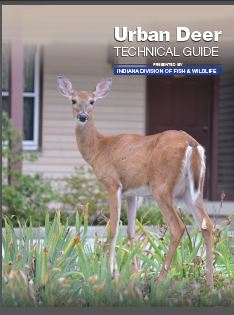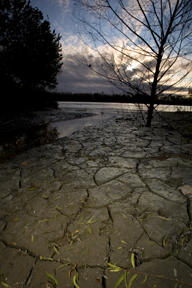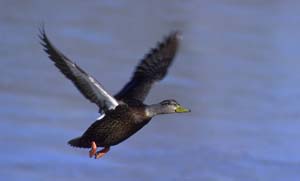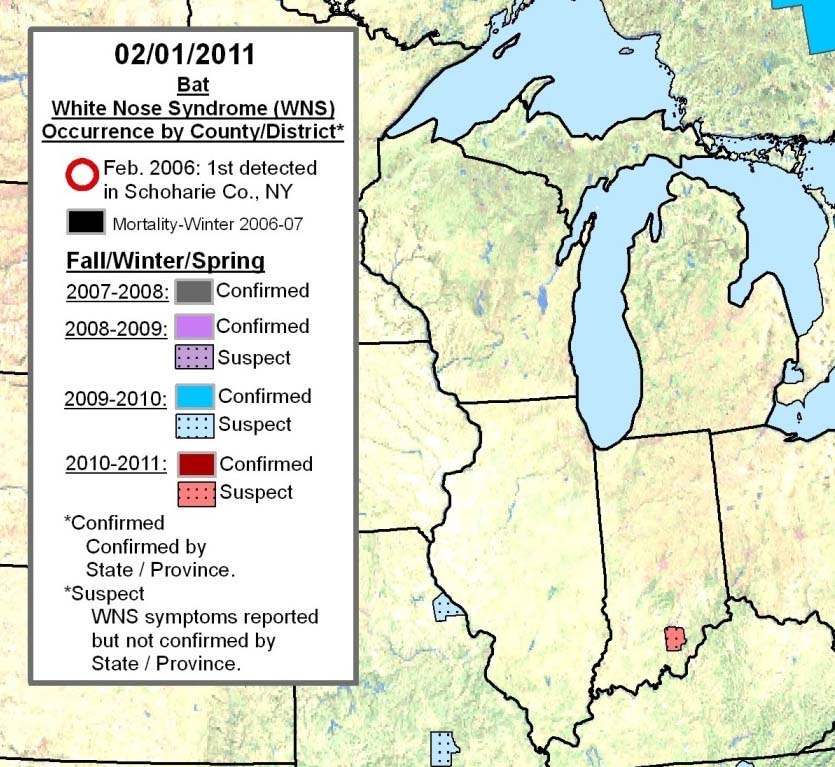 “The [Indiana] Department of Natural Resources is considering allowing a trapping season for river otters less than two decades after being reintroduced to the Hoosier landscape,” wrote John Martino, outdoors columnist for the Kokomo Tribune last week. In the article, Martino says the river otters were official declared extirpated from Indiana in 1942.
“The [Indiana] Department of Natural Resources is considering allowing a trapping season for river otters less than two decades after being reintroduced to the Hoosier landscape,” wrote John Martino, outdoors columnist for the Kokomo Tribune last week. In the article, Martino says the river otters were official declared extirpated from Indiana in 1942.
The state’s reintroduction program began in 1995 and included 303 river otters trapped in Louisiana and released in Indiana, the article says. Ten years later river otters were taken off the state endangered species list.
In 2013 the IDNR received more than 64 formal complaints about river otters eating fish from private ponds, Martino reports. The department issued 11 nuisance animal control permits in 2012, he adds. Now, he reports, the department is considering controlling the river otter population by opening a trapping season for river otter in the counties where it is most abundant.
Read the article in the Kokomo Tribune here.
Information on river otter from the Indiana Department of Natural Resources is here. It includes links to several data sets, including a mortality study.
Photo: courtesy Indiana Department of Natural Resources

 The Indiana Department of Natural Resources Division of Fish & Wildlife has put together a 32-page online booklet to help municipalities better understand deer and available management options. The impact of white-tailed deer within urban communities is not just a problem in several Indiana communities, but is a growing problem nationwide.
The Indiana Department of Natural Resources Division of Fish & Wildlife has put together a 32-page online booklet to help municipalities better understand deer and available management options. The impact of white-tailed deer within urban communities is not just a problem in several Indiana communities, but is a growing problem nationwide. From
From  Things have been dry in the Midwest this year. So far the biggest impact seems to be fish kills in bodies of water that are drying out. However, according to an Associated Press article that ran in the
Things have been dry in the Midwest this year. So far the biggest impact seems to be fish kills in bodies of water that are drying out. However, according to an Associated Press article that ran in the  st1:*{behavior:url(#ieooui) } <![endif]–>
st1:*{behavior:url(#ieooui) } <![endif]–>

